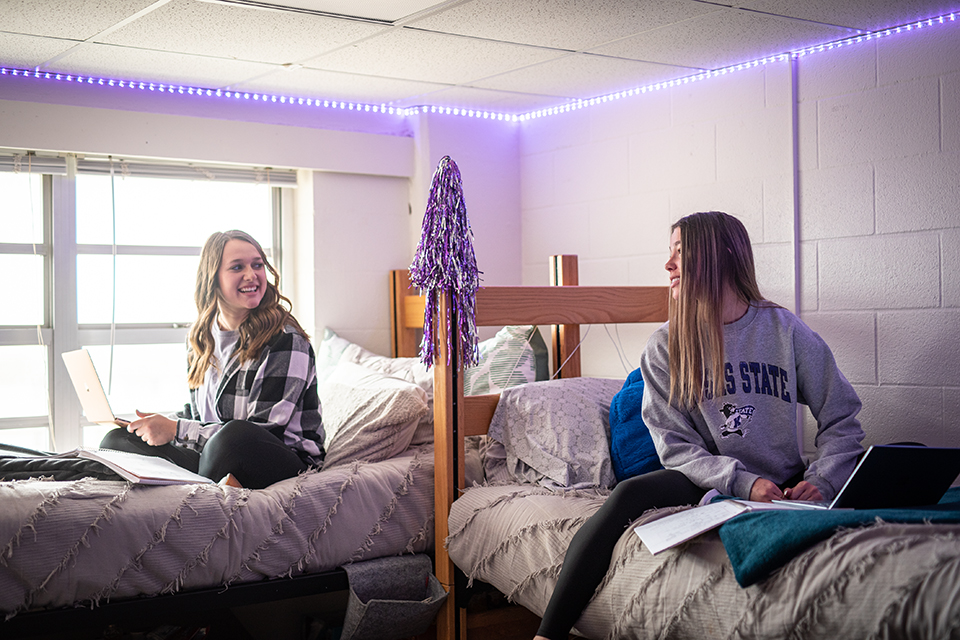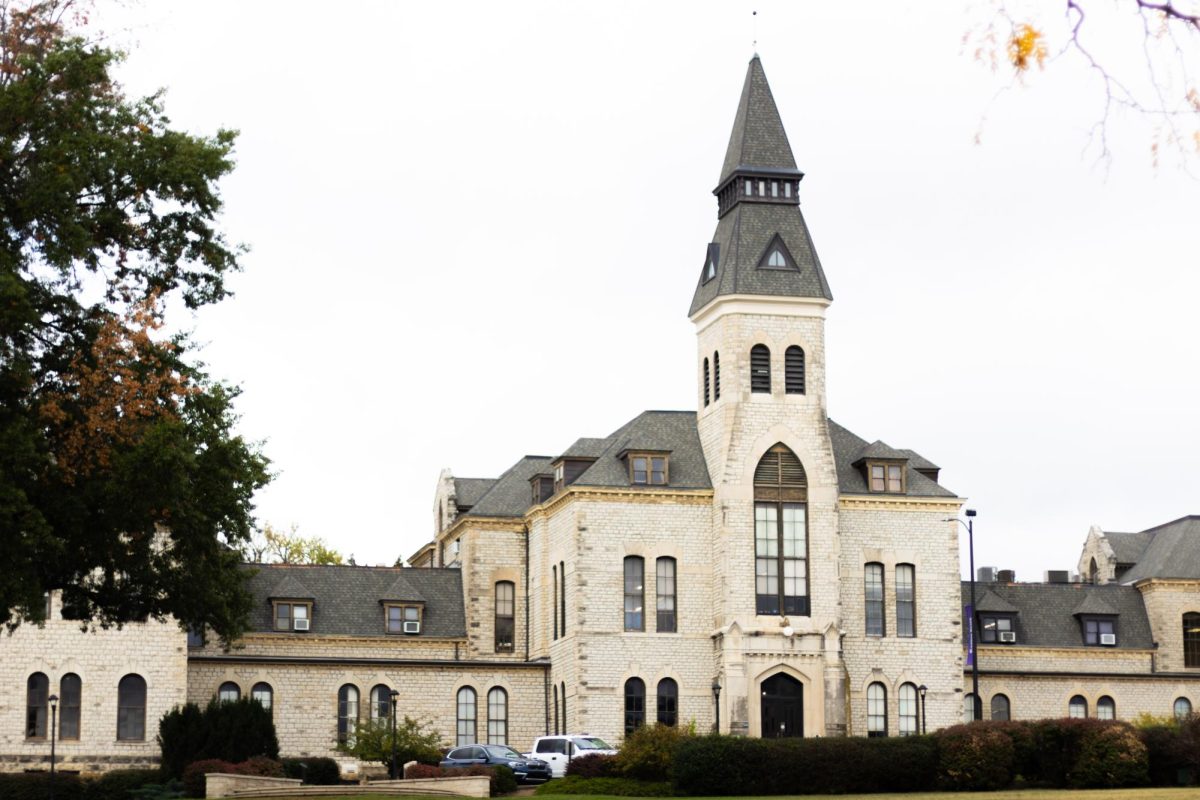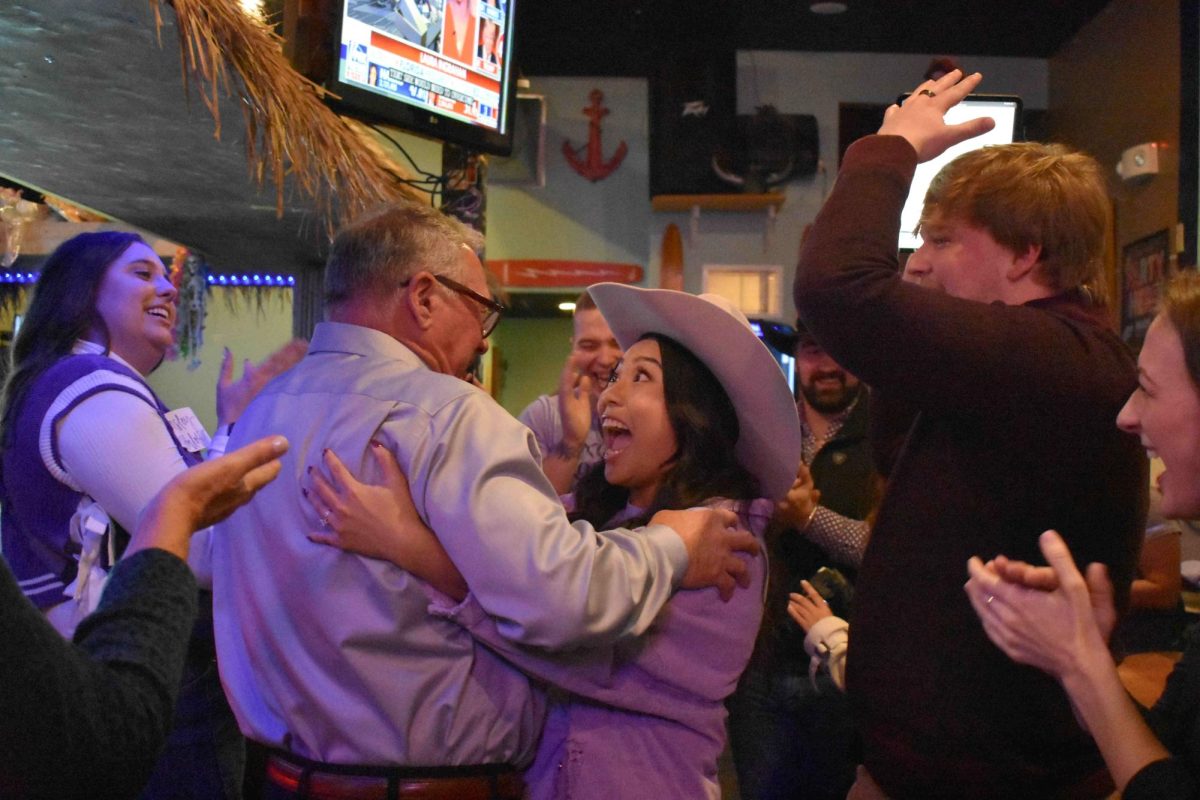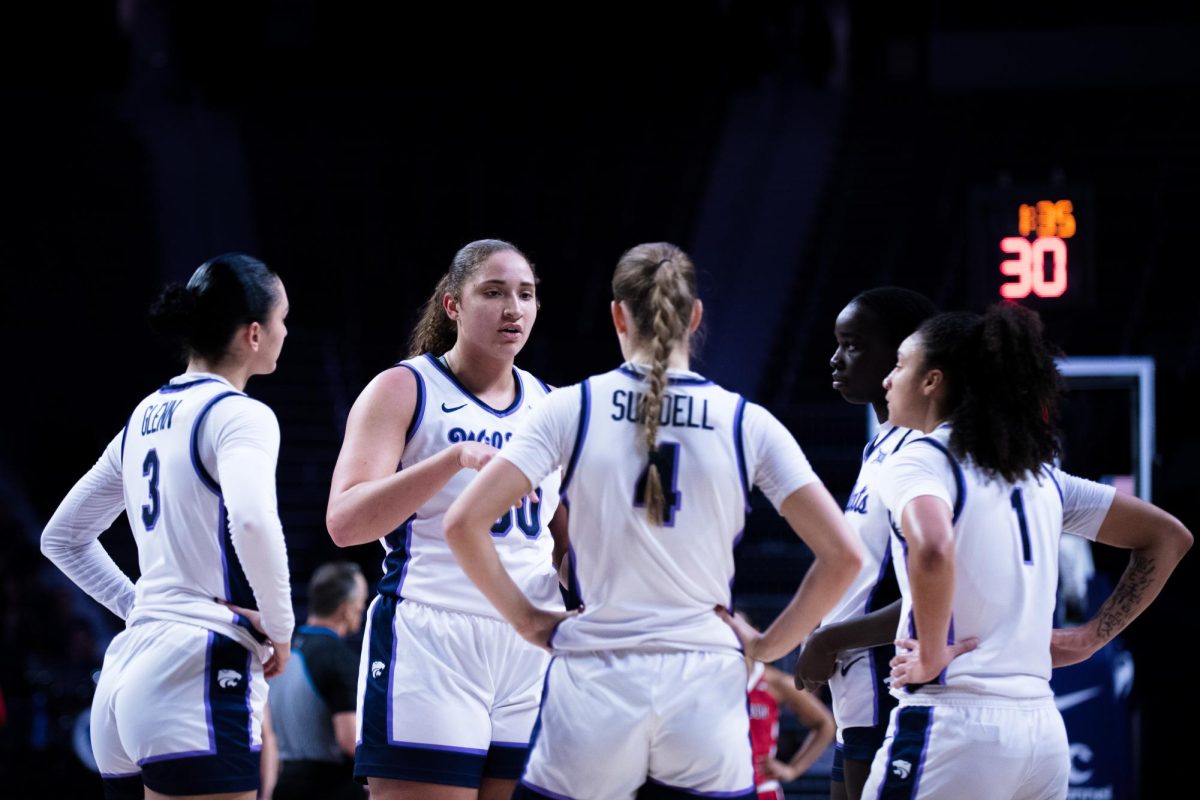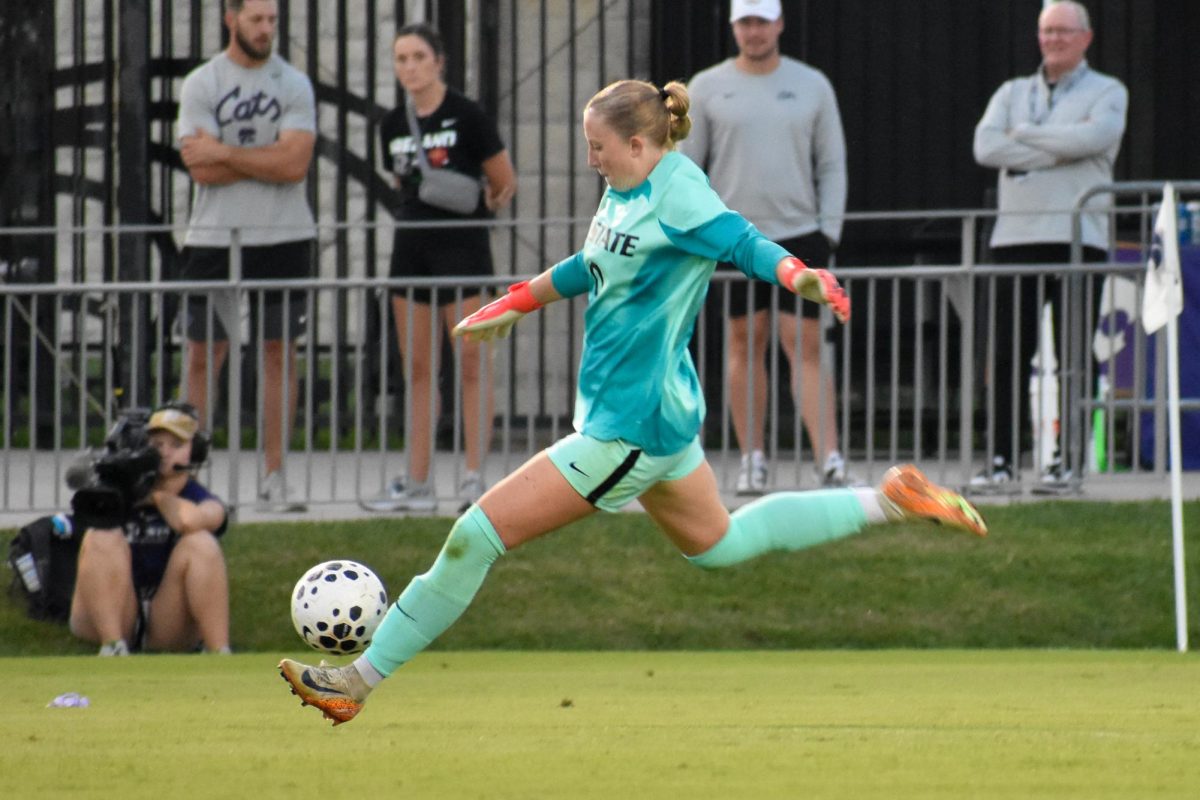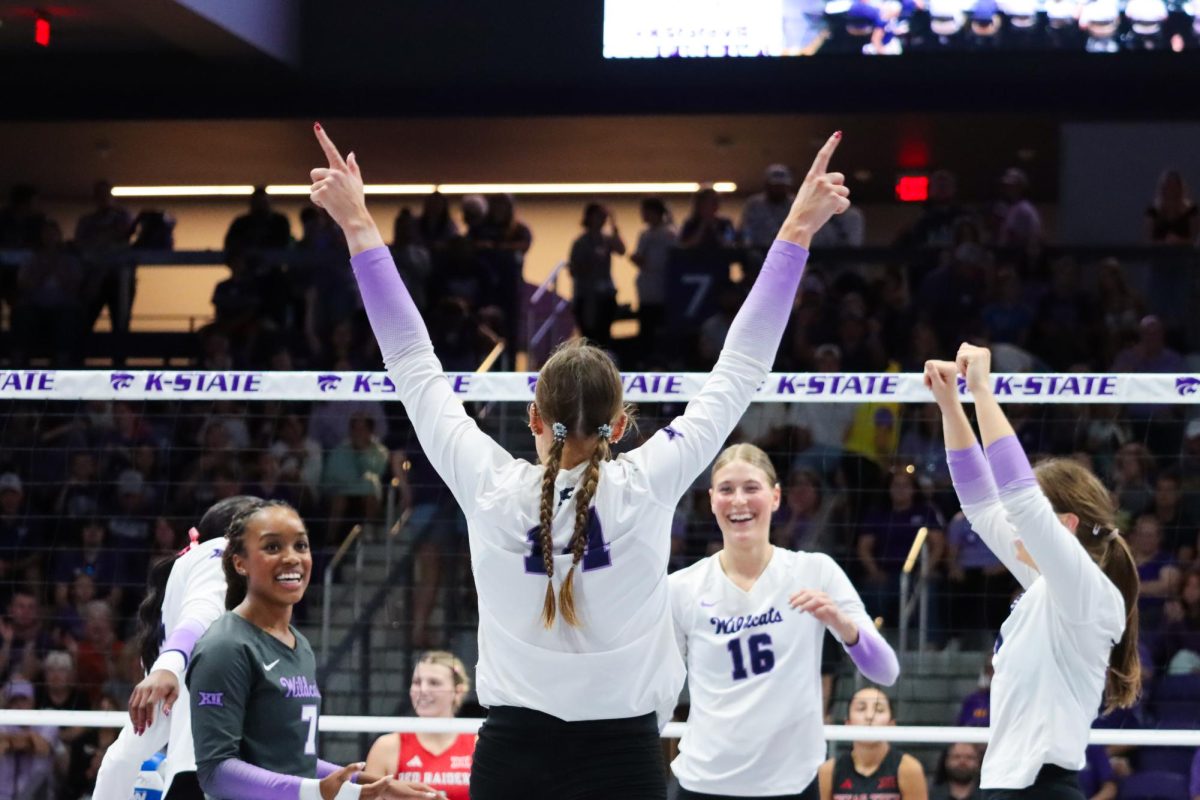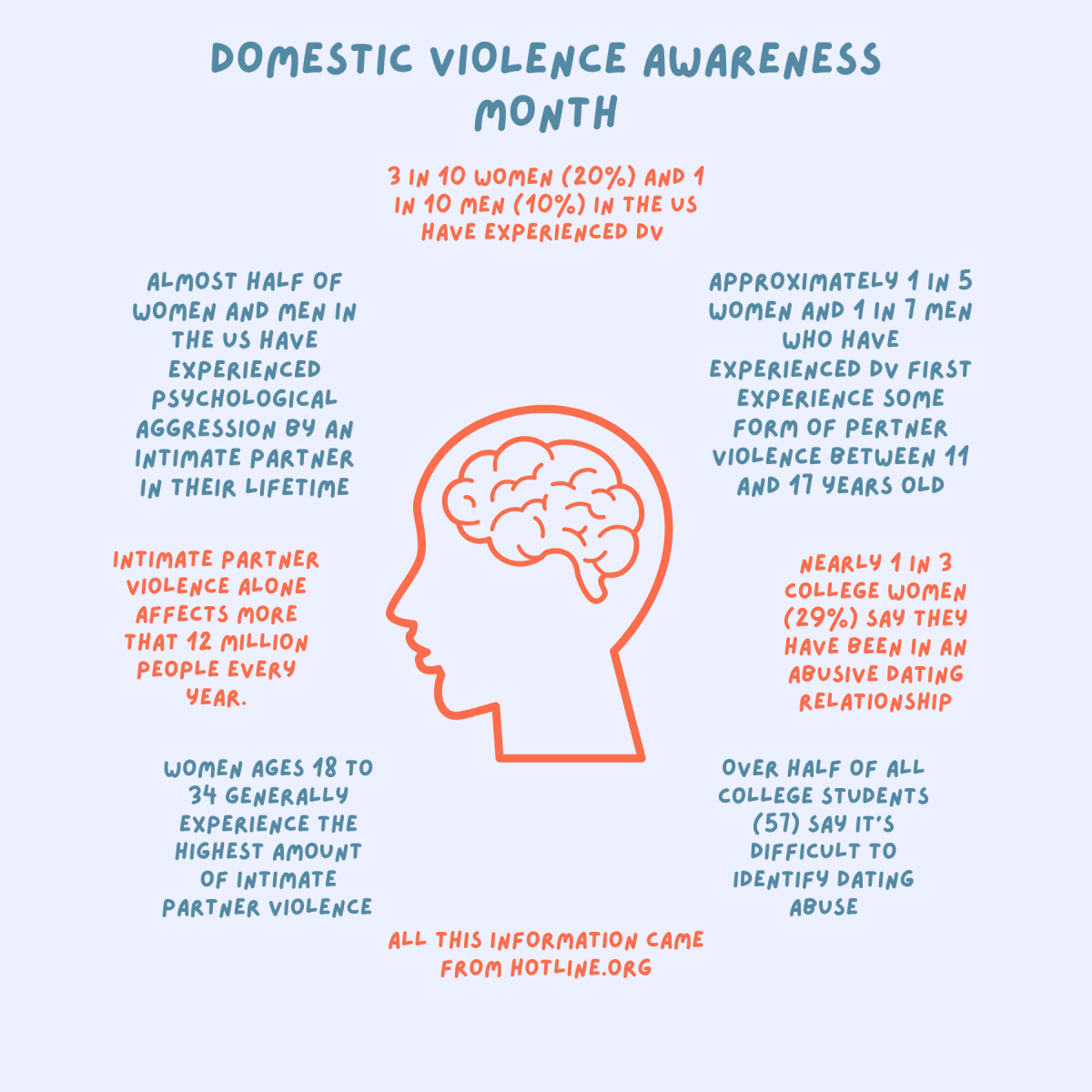Kansas State developed a 12-month strategic plan to share the goals and initiatives of Next-Gen K-State with students and faculty. The monthly content theme for March is Research and Discovery Innovation.
According to the strategic plan, Next-Gen K-State’s goal is to “grow research expenditures to $300 million annually and sponsored programs and awards to $270 million annually” by 2030.
“Every university reports to the federal government annually their total expenditures in research, and that’s that number,” David Rosowsky, vice president for research, said. “That allows us to compare ourselves to our peer and our aspirant institutions. We’re presently at about $220 million annual, and it bounces up and down a little bit, but that’s where we are. Our conservative growth target is $300 million annual, so that’s coming up on about a 50% growth.”
Rosowsky said his team is creating a “transdisciplinary culture in research at K-State” to achieve this goal.
“In other words, how do we bring people from different fields together to go after larger grants that are highly transdisciplinary in nature?” Rosowsky said. “This is where the most interesting research problems lie, where a significant amount of federal funding is available and where we find increasingly students and faculty are most excited to work.”
Greg Willems, president and CEO of the Kansas State University Foundation, said it works with researchers to help them achieve the Next-Gen K-State goal.
“We have philanthropy that we create and attract to Kansas State that can advance research,” Willems said. “Probably the prime example is the new ag innovation project and facilities that we’re fundraising for and that are being developed for Kansas State. Those are going to have a huge impact on the research mission and capabilities for our faculty in the College of Ag.”
Willems said the KSU Foundation fundraises for research because it’s part of their “mission mandate.”
“Teaching and training students; research and discovery for innovation and for societal impact; and then advancing prosperity in Kansas: those are the three big components of Kansas State,” Willems said. “I think any of us that spend time around the university kind of appreciate the value and the nobility of new innovation, new discovery that enhances the lives of citizens.”
Rosowsky said increasing research expenditures will open up more opportunities for K-State researchers to solve world issues.
“We have researchers,” Rosowsky said. “We have scholars. We want to create opportunities for them to work together as teams to tackle some of these grand challenges facing our people and our planet and in our place. And these are things like sustainability, and the environment, and climate, and air, and oceans, and food insecurity, and poverty and access to education. You know, these really big challenges ahead that are going to take, frankly, expertise from all disciplines to really bring solutions to bear.”
Dylan Feist, senior in biochemistry and microbiology, said he hopes the Next-Gen K-State initiative will help researchers at K-State share their findings with the world.
“I think it would benefit K-State to host more experiences for people to share the research, not necessarily just at a K-State level, but maybe hosting larger conferences or symposiums and inviting people across the state or people across the nation,” Feist, Geisbrecht Lab researcher, said.
Feist said increasing research expenditures will also help retain talented researchers at K-State.
“At the end of the day, faculty and these professors, they’re wanting to pursue their research, and they want to be where they have the resources and support to make that,” Feist said. “So, if people have these people with great research, if we’re not supporting them and not providing additional resources towards them, they’re gonna leave for different institutions.”
Rosowsky said Next-Gen K-State’s focus on research is important because K-State is an R1 Research Institution.
“We’re in the very top tier of research universities, and it’s important that we recognize that it’s a very privileged place to be,” Rosowsky said. “And it’s a place that we intend to continue to be and continue to grow so that we can provide even greater opportunities for our students, and for our faculty and for those that we partner with in our research.”
Willems said researchers aren’t the only people that should care about Research and Discovery Innovation.
“Just about everything we have in life — the luxuries, the benefits, the things that enrich our lives, have come from research and innovation and discovery, whether it’s our cell phone or just about anything else,” Willems said. “The food that we eat, the clothes that we wear, the vehicles that we drive — I don’t think you have a waking moment in life where you can’t see and experience research giving you an experience that’s richer and fuller and better.”


